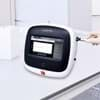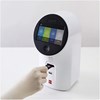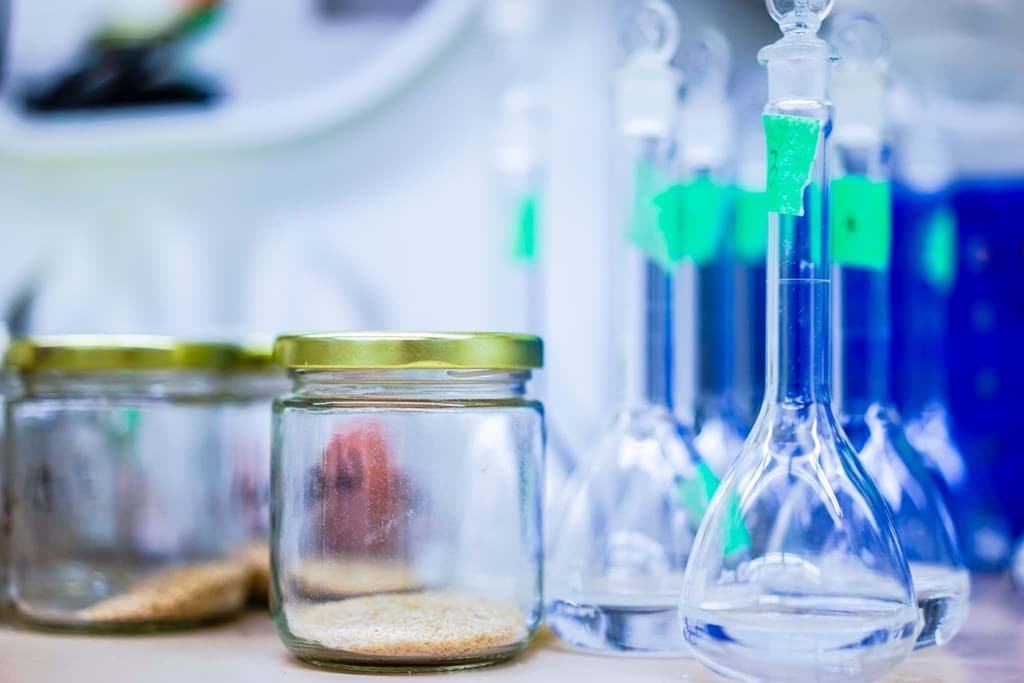
What to look for in an automated cell counter?
Making the move: How to go digital
Why go digital when manual works, you may think? You learned it from your colleague who worked at the lab for decades. Sure he knows what the best practices are.
Learn more about
In summary?
- Why consider to go digital?
- Accurate cell counting focusing.
- Reproduction of results
- Cell counting specificity.
- Declustering performance with the automated cell counters .
Making the switch
Why consider to go digital?
Hemocytometer or the Bürker-Türk chamber was the standard tool decades ago. These techniques show some disadvantages as they are very time-consuming and error-prone. In the era of smart TVs and the internet carried in your pocket, I bet you prefer to use a fast, accurate, reproducible, and automated technique for cell counting, too. There are several automated cell counters on the market. But do you know what to look for in those systems?Here are some tips for knowing what to look for in an automated cell counter.
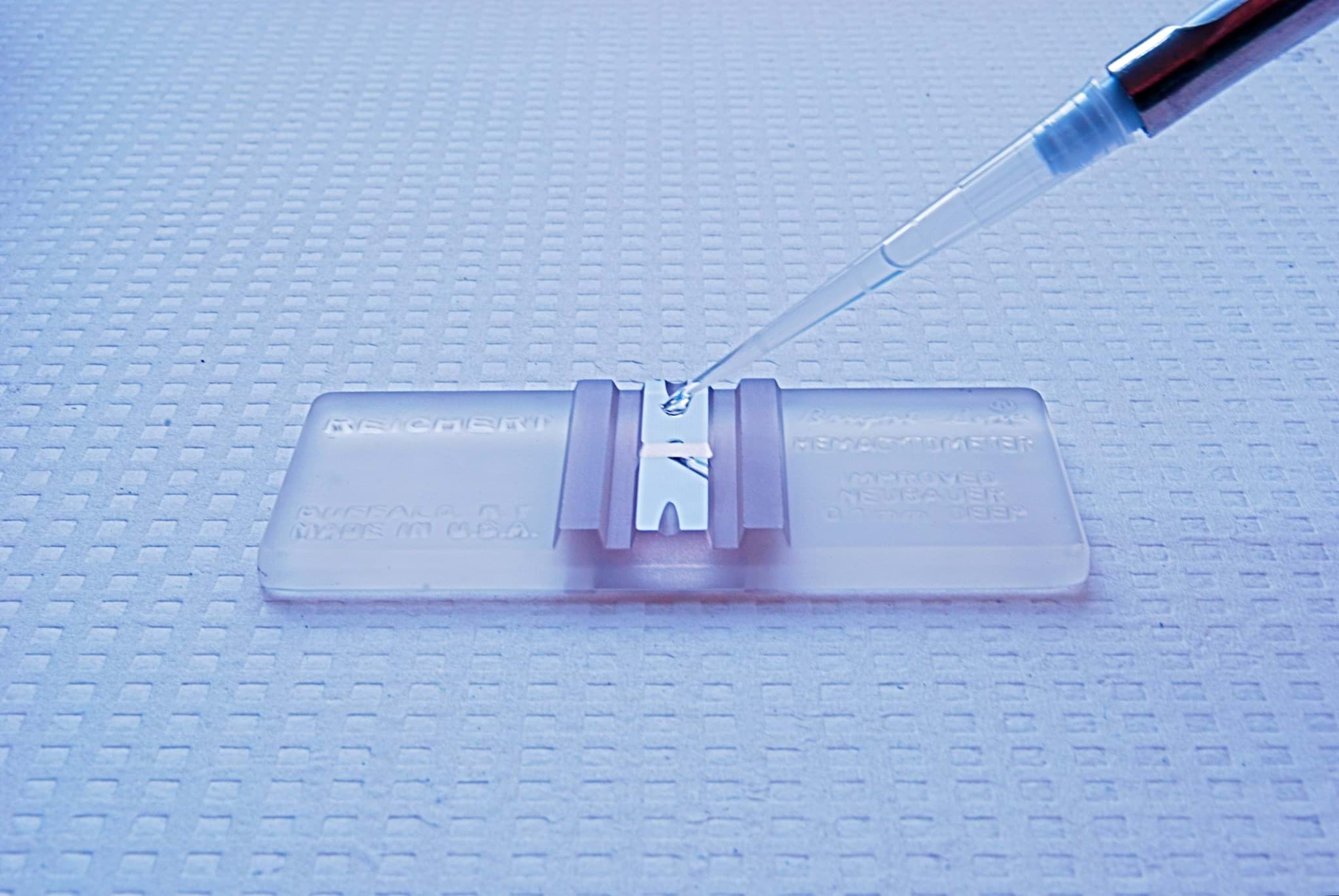
Accuracy
Accurate cell counter focusing
When preparing your cell suspension, it is difficult to get completely rid of dead cells or debris. You don't want to count any of those as a living cell. Your cell counter can only exclude dead cells and debris if it recognizes these particles. Therefore, accurate focusing is crucial. Automated cell counters detect living cells with black edges and white centers. Inaccurate focusing will mess up the black and white pixels, leading to misinterpretation of dead and living cells. Make sure your choice of cell counter is up to the task by checking its camera resolution. You can also choose a counter with autofocusing technology to keep things simple.Reproducibility
Reproduction of results
Like all types of experiments, you also want your cell counting to be reproducible. Most automated cell counters provide you with specific slides that have a defined measuring area. Therefore, the sizes of the taken images are always equal for each count, eliminating variation in the field of view.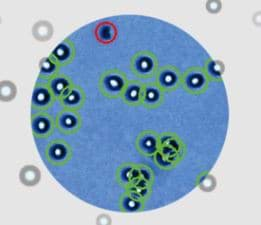
Count all cells
Declustering performance with the automated cell counters
Although you do the best you can, your cell suspensions can still contain clustered cells after preparation. You want these cell groups to be counted as individual cells to get a fair cell count. Most systems have integrated software that automatically recognizes cell clusters and count the cells in these groups as individual cells. But don't think about it too quickly; the declustering performance varies significantly between the various available cell counters!
So when you take a little time to get yourself a decent comparison of automated cell counters, be sure to include our LUNA family cell counters in your comparison. It's worth the research!
Lorem
Success stories
Lorem ipsum dolor sit amet, consectetur adipiscing elit. Nunc nec nibh sed sem mattis malesuada. Aenean lobortis vulputate massa sit amet pellentesque. Duis quam sapien, fermentum nec porta vitae, laoreet sed nunc. Suspendisse scelerisque arcu eu molestie mattis. Ut ornare sit amet ante viverra luctus. Integer eleifend sollicitudin purus, eget suscipit massa blandit in. Fusce neque tortor, laoreet vel justo vitae, mollis dignissim ex. Morbi quis ultrices nulla, eget accumsan augue. Sed ut lacus vitae velit tincidunt mollis ac eu sapien. Phasellus ullamcorper est quis massa pharetra, sit amet molestie mi molestie. Etiam laoreet, leo ac tincidunt commodo, elit eros eleifend nisi, sit amet convallis nulla libero id lacus. Vivamus facilisis gravida varius. Praesent efficitur venenatis augue et efficitur.
Our news

Get you free tickets. Let's meet at the WoTS
Will you be there from September 24 to 27 at the World of Industry, Technology & Science 2024?

Trade-in summer promotion
20% discount on a new thermocycler, cell counter or nanophotometer
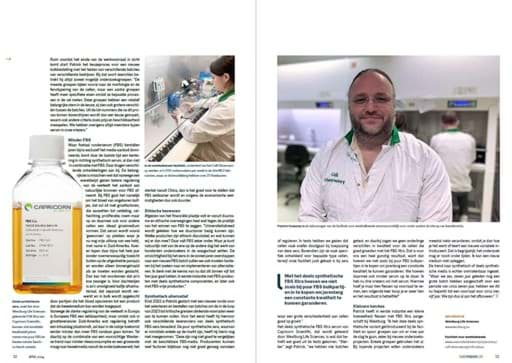
Leiden Cell Observatory switches to partly synthetic seru...
April 2024 - This has several advantages. Lab manager Patrick Voskamp shares his experience in this article
Specificity



